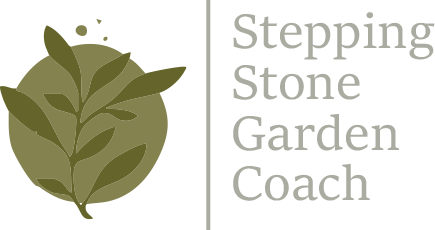 Not all fertilizers are created equal—especially when your garden is a sanctuary for butterflies, bees, and native birds. In a pollinator garden, the goal isn’t just to make flowers bloom; it’s to create a lasting, safe habitat where life flourishes above and below the soil.
Not all fertilizers are created equal—especially when your garden is a sanctuary for butterflies, bees, and native birds. In a pollinator garden, the goal isn’t just to make flowers bloom; it’s to create a lasting, safe habitat where life flourishes above and below the soil.
In this post, we’ll look at gentle, DIY ways to nourish your pollinator plants without introducing anything harmful to the very creatures you’re trying to support.
Why Go Gentle?
Many conventional fertilizers are high in nitrogen or contain synthetic additives that can disrupt soil life or leach into water sources. Some even contain insecticidal compounds harmful to bees and butterflies.
Instead, we’ll lean on slow-release, organic solutions made from ingredients you already have at home—easy on the environment, and perfect for native wildflowers and nectar plants.
Leaf Mold: The Forgotten Fertilizer
If you’ve raked leaves into a pile and forgotten about them, congratulations—you’ve started making leaf mold. This crumbly, earthy material is full of beneficial fungi that support strong root systems and healthy flower production.
How to use it:
Mix into the top layer of soil or use as a gentle mulch around native plants like blanketflower, milkweed, and coneflower.
Ideal for dry-season gardens needing water retention and fungal support.
Oatmeal Water: A Mild Mineral Infusion
Believe it or not, uncooked oats soaked in water can release a subtle mix of silica, phosphorus, and potassium. It’s a quick “plant tonic” that helps strengthen stems and support bloom production.
How to use it:
Soak ½ cup of rolled oats in 2 cups of water overnight.
Strain and pour near the root zone of your pollinator plants.
Great for salvia, native sunflowers, and coreopsis.
Banana Peel Tea for Butterfly-Friendly Blooms
Potassium is essential for flower formation. Banana peels release it slowly, and they won’t burn roots or interfere with delicate soil microbes.
Banana Peel Tea Recipe:
Soak chopped banana peels in a jar of water for 3–5 days.
Strain and apply to flowering plants (not directly on leaves).
Compost the peels afterward or bury them near the base of plants.
Compost Mulch: Gentle, Microbe-Rich Support
A thin layer of homemade compost around your pollinator plants acts as both a nutrient source and a mulch—feeding the soil slowly without overloading delicate native plants.
Apply just ½ to 1 inch around perennials like goldenrod, blazing star, and native mints. Avoid piling compost up against stems.
No Fish Emulsion or Bone Meal, Please
While fish emulsion and bone meal are great for kitchen gardens, they can attract predators like raccoons and stray cats and may harm sensitive invertebrates in a pollinator plot. Skip them in your native or butterfly garden.
Instead, focus on soil building with safe, low-nitrogen options—and let the wildlife stay wild.
Final Tips for Feeding Without Harming
Never spray fertilizer on open blooms. Even organic brews can interfere with bee foraging.
Water deeply after fertilizing to help nutrients settle into the soil.
Less is more. Native plants thrive in leaner soils. Overfeeding can lead to leggy growth and fewer flowers.
A pollinator garden is a promise—to support the winged visitors who make food and flowers possible. By feeding the soil with care, you’re also feeding the future.
Do you have a favorite pollinator-safe tip or native plant that thrives in your garden? I’d love to hear about it—tag your blooming backyard @steppingstonegc on Instagram!
